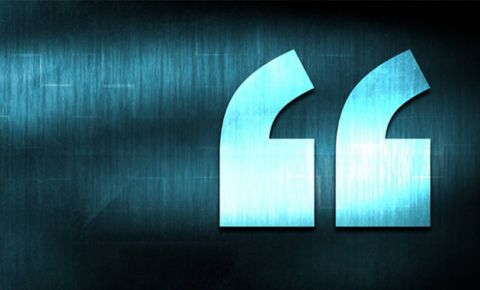What is referencing?
Referencing is a very important part of academic writing, and if you don’t do it properly, it can cause you to lose marks, or to have to resubmit your assignment. Referencing is about showing where you got your information from. When you use someone else’s ideas from a book or journal, you need to acknowledge their effort by referencing. That means putting their name in the text somewhere, so that a reader can clearly see that that information came from somebody else. It shows it is their intellectual property. It shows who owns the ideas.
If you don’t reference, you can potentially get into serious trouble. Not referencing ideas that belong to someone else is seen as cheating. It is called plagiarism. Plagiarism is using other people's ideas in your assignment without referencing them. This is bad when the ideas come from a book or journal. It would be a very serious matter if you were using text or ideas from another student without referencing them.
But the good news is, if you reference well, your paper looks more academic and you can get better marks. It is easy once you know how. You have to reference information in two places. You have to reference in the writing itself and then in a reference list at the end. In the writing, you can quote the exact words or you can rewrite it in your own words.
Writing in your own words is called paraphrasing, and that is generally better. I’ll show you some examples.
See how we have used quotation marks and page numbers in the direct quote. But in the paraphrase, where the words have been changed, you need to include the author's name and year of publication. To weave all these pieces of information together, you need to write a good paragraph. You have to learn to use linking words and introduce your references with reporting words. Here are some examples. Linking words help your paragraph flow. You add them at the beginning or in the middle of sentences.
Reporting words are also useful. Reporting words help link the author to the information that you are using from them. Reporting words are things like “state” or “suggest” or “argues” or “mentions”. Try to find a list of these because state and argue tend to get over used. Make sure you choose the correct one because it indicates a writer's attitude and relationship to the information you are using. They may, in fact, have refuted or disagreed with the information you are mentioning from their article.
The second part of the reference is the reference list. Every reference in the text needs to be more fully detailed in a reference listing at the end. In some styles, these occur in order of appearance. In other styles they are listed in alphabetical order according to the author's name. Find a model of the type of source you are referencing and just follow the structure.
In a reference list, you will have a mixture of sources. Some books, some websites, some journal articles. Maybe even a podcast from somewhere! They all have their own format so find a model and base your listing on it.
For more information about referencing, try the tutorials.
Thanks for watching.






